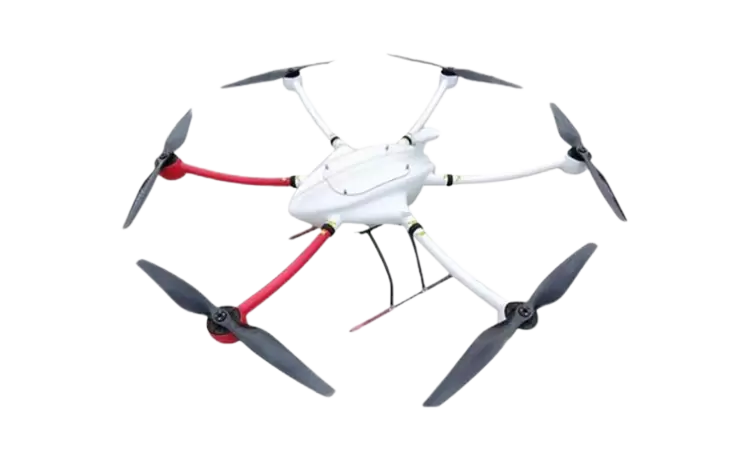In the world of printing, there are two popular technologies: laser printing and inkjet printing. Each has its own unique characteristics and applications. However, what would happen if you were to use a laser printer on inkjet transfer paper? In this blog post, we will delve into the potential consequences of this unconventional combination and explore the implications it may have on your printing projects.
- Understanding Laser Printing and Inkjet Transfer Paper:
Before we dive into the consequences, let's first understand the basics. Laser printing involves the use of a laser beam to create an electrostatic image on a drum, which is then transferred onto paper using heat and pressure. On the other hand, inkjet transfer paper is specifically designed for use with inkjet printers, where ink droplets are sprayed onto the paper to create the desired image. - Potential Consequences of Using a Laser Printer on Inkjet Transfer Paper:
a) Image Quality: One of the primary concerns when using a laser printer on inkjet transfer paper is the compromised image quality. Laser printers are optimized for printing text and graphics with precision, but they may not be suitable for transferring images onto specialized transfer paper. The heat and pressure involved in the laser printing process can cause the inkjet transfer paper to warp or even burn, resulting in distorted or damaged images.
b) Color Reproduction: Inkjet printers are known for their ability to produce vibrant and accurate colors. However, when using a laser printer on inkjet transfer paper, the color reproduction may be compromised. Laser printers typically use toner, which is a dry powder, whereas inkjet printers use liquid ink. The toner particles may not adhere well to the inkjet transfer paper, leading to dull or faded colors.
c) Durability and Washability: Inkjet transfer paper is designed to withstand the heat and pressure of an inkjet printer, ensuring that the transferred image remains intact even after washing. However, when subjected to the intense heat of a laser printer, the inkjet transfer paper may not hold up as well. The transferred image may fade or peel off, resulting in a less durable and washable final product.
- Alternative Solutions:
If you are looking to transfer images onto fabric or other surfaces, it is advisable to use the appropriate technology and materials. Instead of using a laser printer on inkjet transfer paper, consider the following alternatives:
a) Inkjet Printer and Inkjet Transfer Paper: This combination ensures optimal image quality, color reproduction, and durability. Inkjet transfer paper is specifically designed to work with inkjet printers, providing the best results for image transfers.
b) Heat Transfer Printing: Another option is to explore heat transfer printing methods, such as sublimation or heat press transfers. These techniques involve using specialized printers and transfer papers, which are better suited for transferring images onto various surfaces.
Conclusion:
In conclusion, using a laser printer on inkjet transfer paper can lead to several undesirable consequences, including compromised image quality, color reproduction, and durability. To achieve the best results when transferring images, it is crucial to use the appropriate technology and materials. By understanding the differences between laser printing and inkjet transfer paper, you can make informed decisions and ensure successful printing projects. Remember, always choose the right tools for the job to achieve the desired outcome.


More Stories
Customizable Logo Pulp Boxes in Kraft and White for Sustainable Food Packaging Solutions
What Is Hypalon Rubber Sheet? Exploring Its Exceptional Weather Resistance
What Is SMC (Sheet Molding Compound)? Complete Guide for Engineers